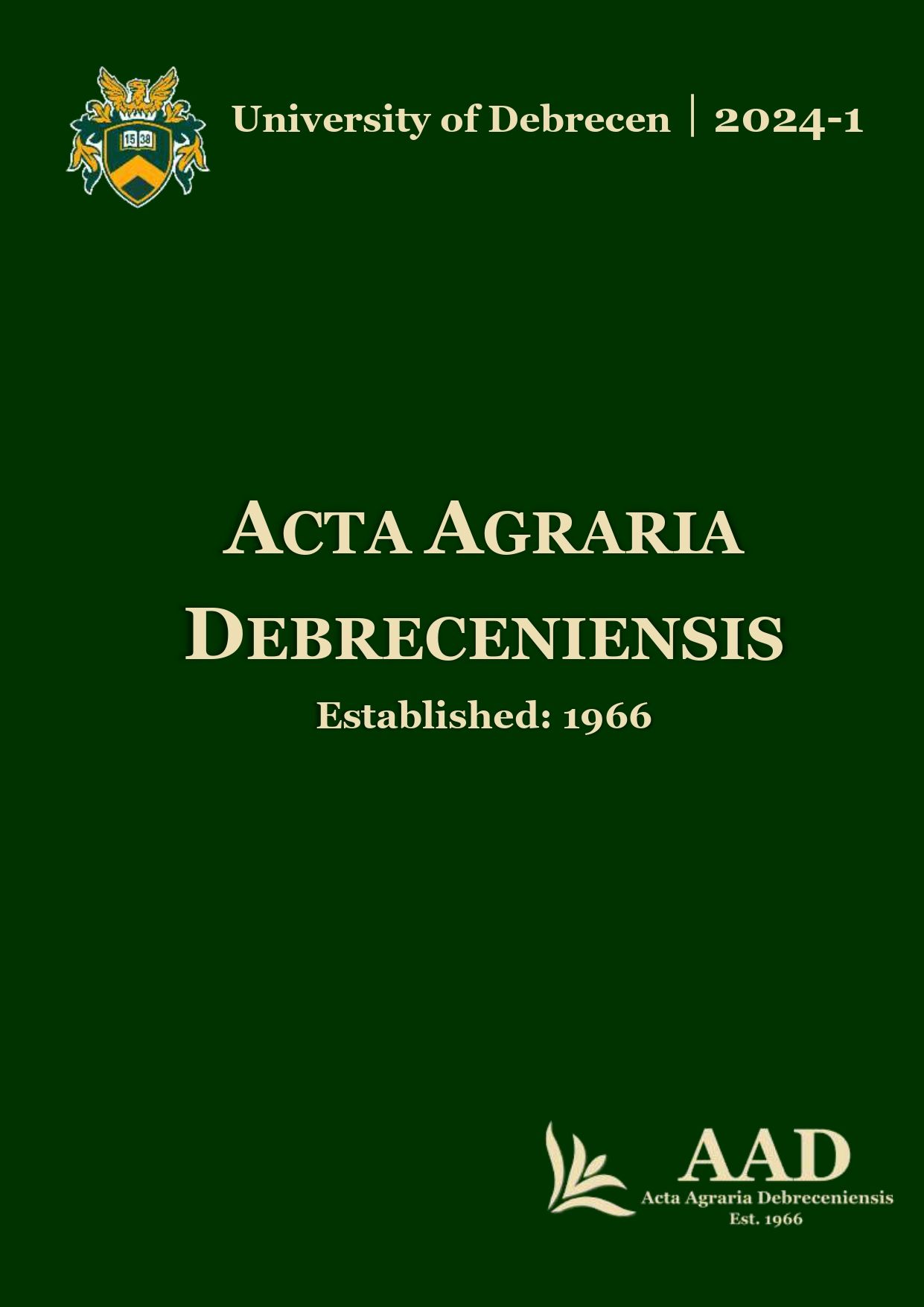Plant clinic in Nepal: An overview
Authors
View
Keywords
License
Copyright (c) 2024 by the Author(s)

This work is licensed under a Creative Commons Attribution 4.0 International License.
How To Cite
Accepted 2024-04-11
Published 2024-06-03
Abstract
Plant clinics play an important role in supporting farmers in growing healthy crops and achieving higher productivity in Nepal. The development and operation of plant clinics in Nepal are assessed in this study through a comprehensive analysis of the institution via literature review and interaction with key stakeholders. The plant clinic approach of the agriculture extension system started in Nepal in 2008, followed up with engagement with CABI and the Government of Nepal. Enhancement of farmers' knowledge and skill, encouraging sustainable farming methods, and ultimately increasing crop yields are the impact of plant clinics. However, there are some challenges faced during the implementation of plant clinics in the existing agricultural extension systems. In Nepal, the plant clinics are primarily operated by agricultural technicians with expertise in plant protection, as well as IPM farmer facilitators and community business facilitators after attending an intensive plant doctor's training. Plant clinics have been integrated into the agricultural extension system by agro-advisory service provider of the government of Nepal. Despite institutionalisation, policy support needs to be strengthened to ensure the sustainability of the different components of the (e.g., data management, validation, monitoring, localised content, etc.) plant clinic in Nepal.
References
- Adhikari, D.; Sharma, D.R.; Pandit, V.; Subedi, R.K.; Adhikari, S.R. (2017a): Contribution of Plant Clinic in Plant Health System of Nepal. International Journal of Tropical Agriculture. 35 (4): 1171–1182. https://serialsjournals.com/abstract/55287_56-.pdf
- Adhikari, D.; Sharma, D.R.; Pandit, V.; Schaffner, U.; Janner, W.; Dougoud, J. (2017b): Coverage and Access of Plant Clinic in Nepal. Journal of Agriculture and Environment. 18: 54–62. https://doi.org/10.3126/aej.v18i0.19889
- Adhikari, D.; Dougoud, J.; Janner, W.; Schaffner, U. (2016): Assessment of Performance of Plant Clinic in Nepal (A case of fruit fly management) MAS ICM Thesis. Université de Neuchâtel, Switzerland.
- Adhikari, R.K. (2009): Plant Health Clinic Initiative in Nepal. SECARD Nepal. Accessed from https://assets.publishing.service.gov.uk/media/57a08b83ed915d3cfd000d7e/GPC_plantclinic_secard_nepal_1_.pdf on 10th August, 2016.
- Adhikari, R.K.; Regmi, P.P.; Thapa, R.B.; G. C., Y. D.; Bao, E. (2015): SWOT Analysis of Plant Health Clinics as Perceived by Plant Doctors in Nepal. Journal of Agriculture and Animal Sciences. 33–34: 137–146. https://doi.org/10.3126/jiaas.v33i0.20696
- Adhikari, R.K.; Regmi, P.P.; Bao, E.; G.C., Y. D.; Thapa, R.B. (2013): Innovation in Plant health extension services: the case of plant clinics in Nepal. Economia agro-alimentare. 1: 235–246. DOI 10.3280/ECAG2013-001011
- Bentley, J.W.; Bao, E.; Danielsen, S.; Franco, P.; Antezana, O.; Villarroel, B.; Colque, S. (2009): Plant health clinics in Bolivia 2000–2009: operation and preliminary results. Food Security. 1(3): 371–386. DOI: 10.1007/s12571-009-0033-z
- Boa, E.; Harling, R. (2008): Starting plant health clinics in Nepal. Global Plant Clinic – CABI.UK. https://assets.publishing.service.gov.uk/media/57a08bd2e5274a31e0000dc8/GPC-starting_plant_clinics_in_nepal_1_.pdf
- Boa, E. (2009): How the Global Plant Clinic began. Outlooks on Pest Management. 20 (3): 112–116. https://doi.org/10.1564/20jun05
- CABI (2015): Plantwise Annual Report 2015. Accessed from https://www.plantwise.org/Uploads/Plantwise/Plantwise%20Annual%20Report%202015.pdf on 15th August, 2016.
- CABI (2023): Plantwise Sustainability: Two Years on Follow-up assessments in six countries. CABI Working Paper 32. https://dx.doi.org/10.1079/CABICOMM-62-8173
- Hema, V. (2020): These e-Plant Doctors Can Help Solve Farmers’ Crop Woes in minutes https://www.thebetterindia.cm,/230066/coronavirus-crops-pest-attacks-disease-farmers-plant-doctors-consultation-online-helpline-e-clinicindia/
- MoALD (2023): Selected Indicators of Nepalese Agriculture. Ministry of Agriculture and Livestock Development, Sindhadurbar, Kathmandu, Nepal.
- Neupane, A. C.; Y. D., G. C. (2011): Plant Clinic and its Operational Procedures. Plant Protection Directorate. Hariharbhavan, Lalitpur, Nepal.
- Reeder, R. (2015): Guidance notes for validation of the diagnosis. Plantwise.
- Taylor, P. (2015): Plantwise Diagnostic Field Guide. CABI. UK. Accessed from https://www.plantwise.org/Uploads/Plantwise/Plantwise%20Diagnostic%20Field%20Guide.pdf on 6th August, 2016.

 https://doi.org/10.34101/actaagrar/1/13643
https://doi.org/10.34101/actaagrar/1/13643